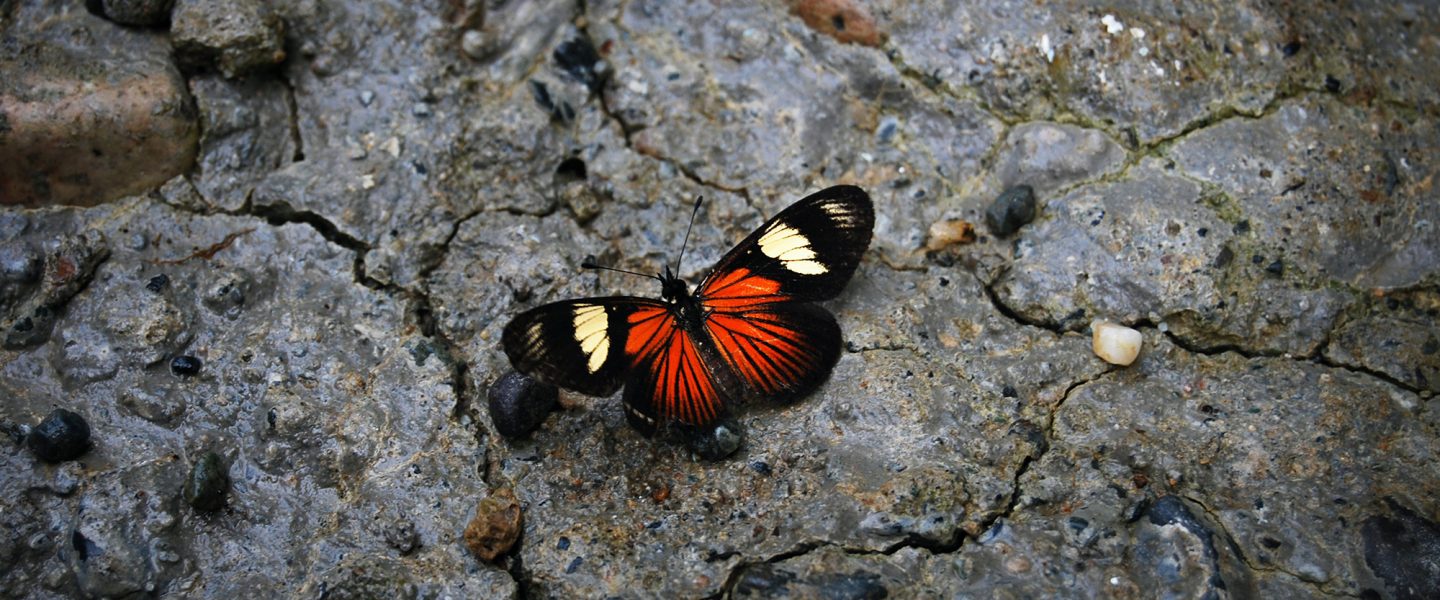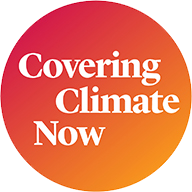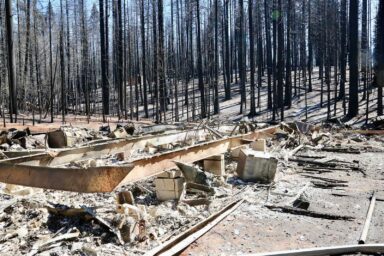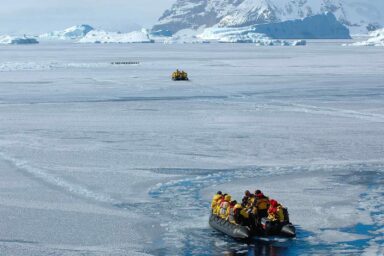Every crisis is connected. We must address the biodiversity crisis, the climate emergency, and poverty and injustice at the same time.
|
Listen To This Story
|
To recognize Earth Week, WhoWhatWhy is running a new piece from our partners at Covering Climate Now each day through today, Earth Day. We are committed to covering the climate crisis and other environmental struggles humanity faces each and every week. Read more of our environmental coverage here.
Happy Earth Day!
People ask me all the time: What can I do to help stop extinction?
As a scientist working to protect endangered species, I hear the frustration in their voices. But I also know how to answer. It’s not simple, it’s not quick, but it’s essential — and it will help more than threatened animals and plants.
First and foremost, we can’t think of biodiversity protection as isolated from everything else, something that only environmentalists or scientists handle while society goes on as usual. We have to address the biodiversity crisis, the climate emergency, and poverty and injustice simultaneously. And we can accomplish that by integrating biodiversity protection into the mainstream, into concerts, sports, fashion, business, education, transportation, everything everywhere all at once.
Habitat loss is still the biggest driver of extinction, and all our purchases and activities affect habitat somewhere. For all the things we purchase and consume, it’s important to ask where they came from, whose lives they affected — wildlife and human alike — and what byproducts are involved.
Our dollars are actions. If we see a terrible product — like a living frog or fish in a sealed plastic container in a toy aisle, a trinket made out of a dead animal, or invasive landscaping plants like nandina, tropical milkweed, or Bradford pears — there’s a whole ladder of actions to take. First off, we can ask the store to stop selling them and ask the company to stop producing them. Most companies have parent companies that have a sustainability statement on their website but little knowledge of what the smaller brands they own are actually doing. They may not even know if we don’t tell them.
We can also work to promote legislation and rules at the state, local, and national levels that ban the sale of exploitative products, invasive plants, and toxic ingredients. Supporting proactive initiatives that advance environmental justice and safeguard wildlife and wild places is an evergreen need.
At the macro level, we need to reexamine happiness and wellbeing. We must step back and look at the big picture — how our culture pushes consumerism and destroys self-esteem. We need to actively cultivate ideas of high quality of life that aren’t based on accumulating wealth and stuff: bigger houses, more cars, more outfits, more products, more gadgets.
 If we delve into our motivations for buying things, we’ll likely find that we don’t need them; we just get a quick dopamine hit from acquiring something new. Instead of going to a department store we can volunteer with a community group, explore a library or thrift store, organize an outdoor adventure with friends, gather and watch a documentary, or make a game plan for positive change.
If we delve into our motivations for buying things, we’ll likely find that we don’t need them; we just get a quick dopamine hit from acquiring something new. Instead of going to a department store we can volunteer with a community group, explore a library or thrift store, organize an outdoor adventure with friends, gather and watch a documentary, or make a game plan for positive change.
Saving biodiversity doesn’t have to be boring or doom-and-gloom. We need to enjoy the creativity of breaking out of cultural norms and looking at solutions as solving a puzzle or going on a quest.
It’s essential to find community to support each other and share ideas and small victories. To get started, I’d suggest picking a challenge of interest and approaching it from multiple angles, including looking for neighborhood allies. Cleaning up a park, say, could include planting native plants, pressuring the city not to use pesticides, hosting fun environmental education and community-building games, preparing tasty plant-based snacks, having a clothing or book swap, sharing seeds and vegetable starts, or building “catios” to encourage people to keep their cats away from native birds and wildlife. There are so many ways to forge new connections.
And there are endless options and opportunities to act. You could stand up to development or urban sprawl, fight pollution from factory farms, start a grassroots campaign to repeal unjust legislation — the world is your (endangered) oyster.
And along with taking action, we need to look at cultural attitudes. We have to overcome the pessimism that we’re just doomed so nothing we do matters, but we also need to look out for the optimism that everything will be okay because someone, somewhere will figure out how to make it all work out.
Everything we do does make a difference. It’s easy to think that our individual actions don’t matter, but it’s precisely because there are so many of us that they do.
The silver lining in that ominous-looking cloud is this — every action has the potential to create change. That’s the answer on how to help: It’s me, hi, I’m the solution. It’s me.
This story by Tierra Curry was originally published by The Revelator and is part of Covering Climate Now, a global journalism collaboration strengthening coverage of the climate story.





